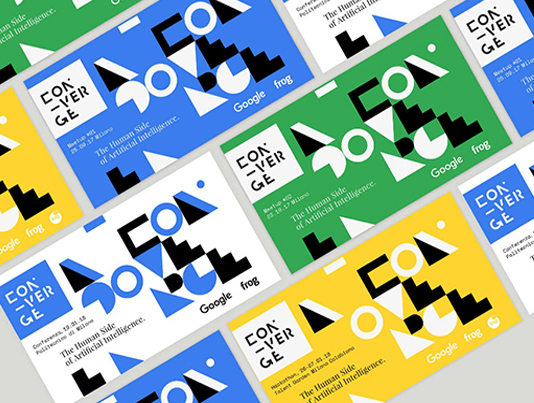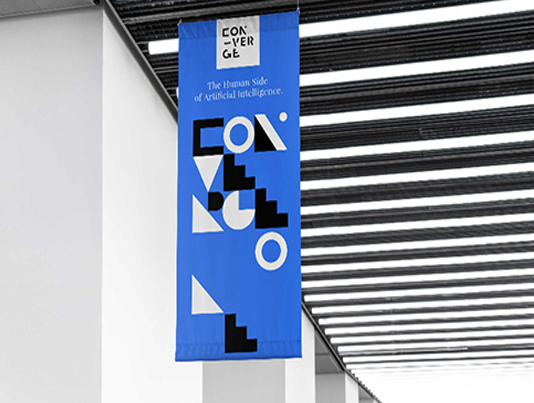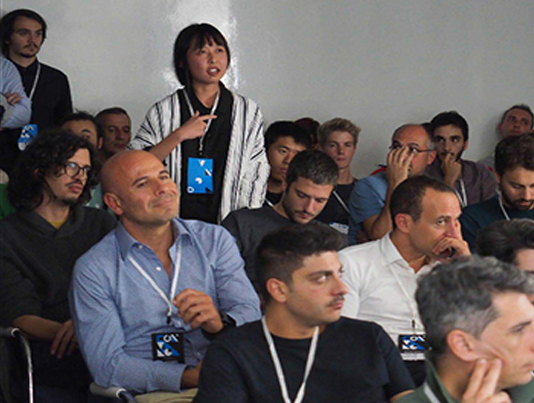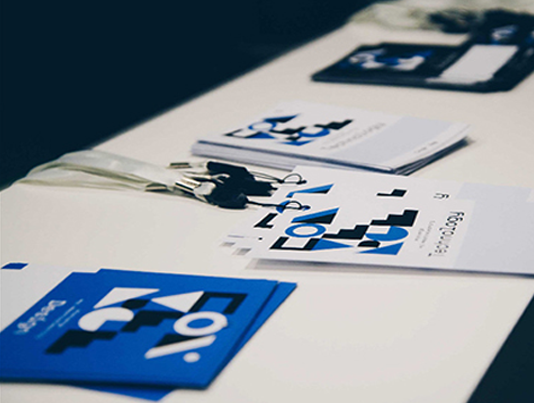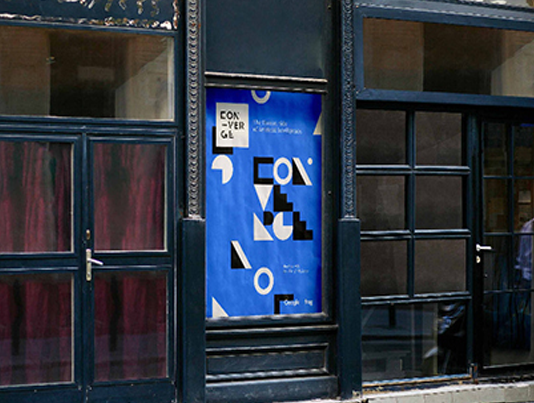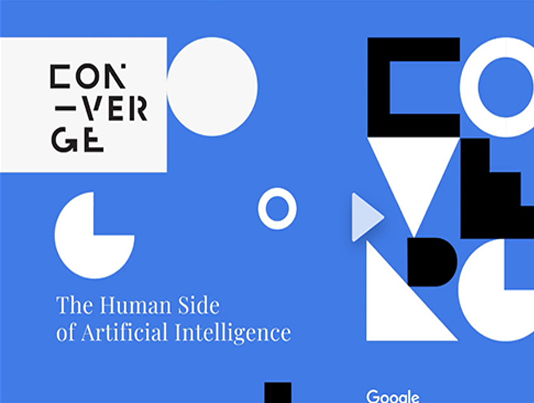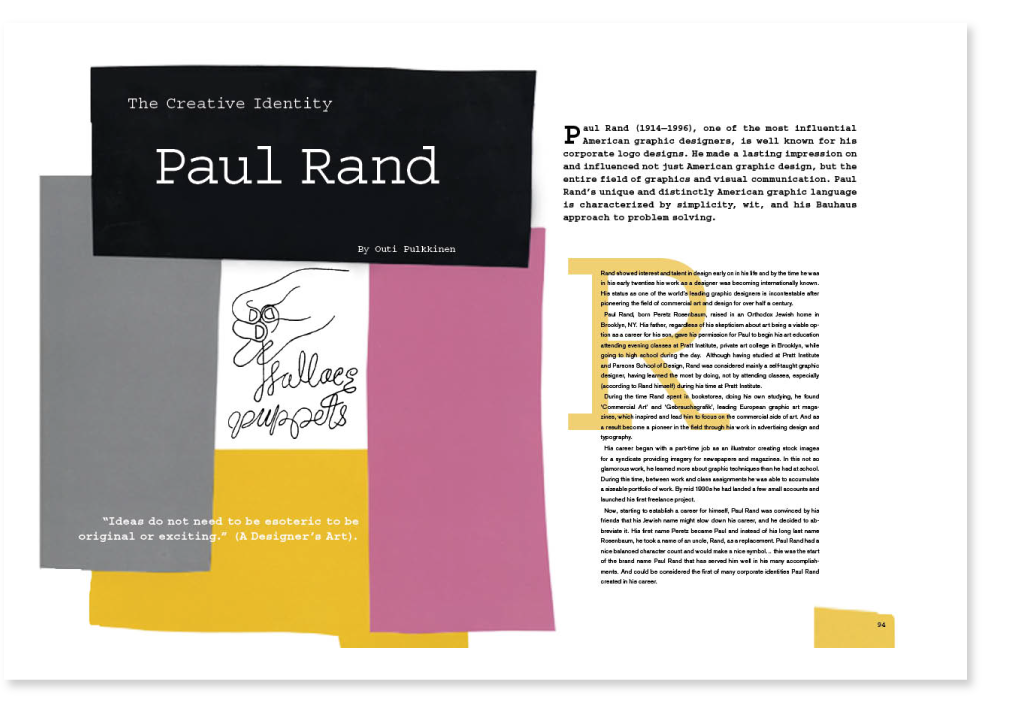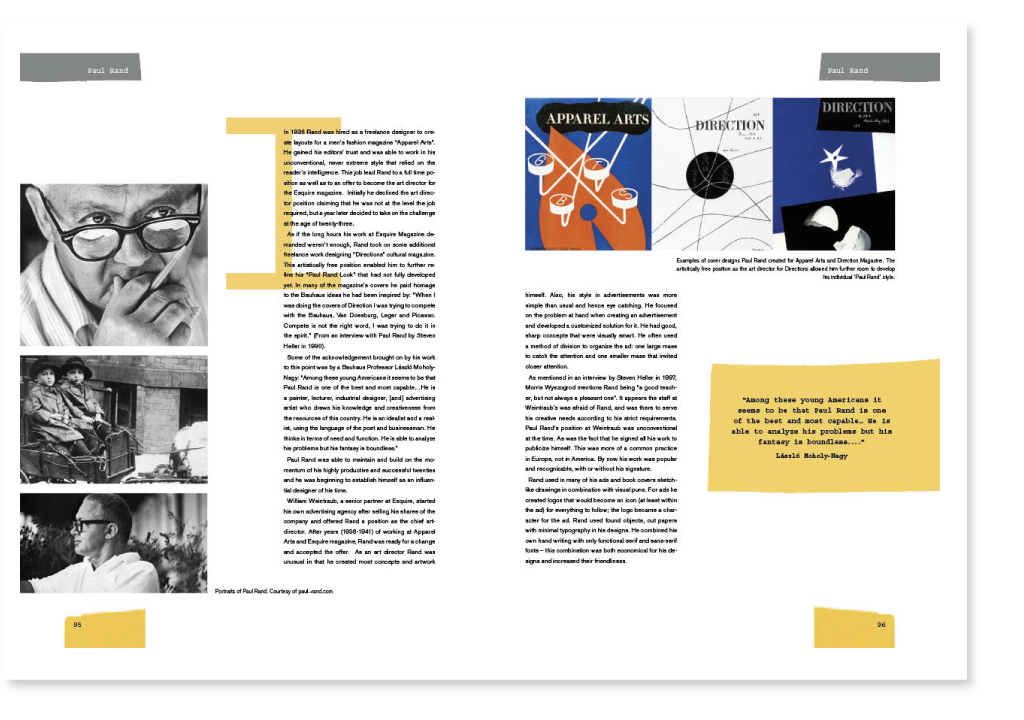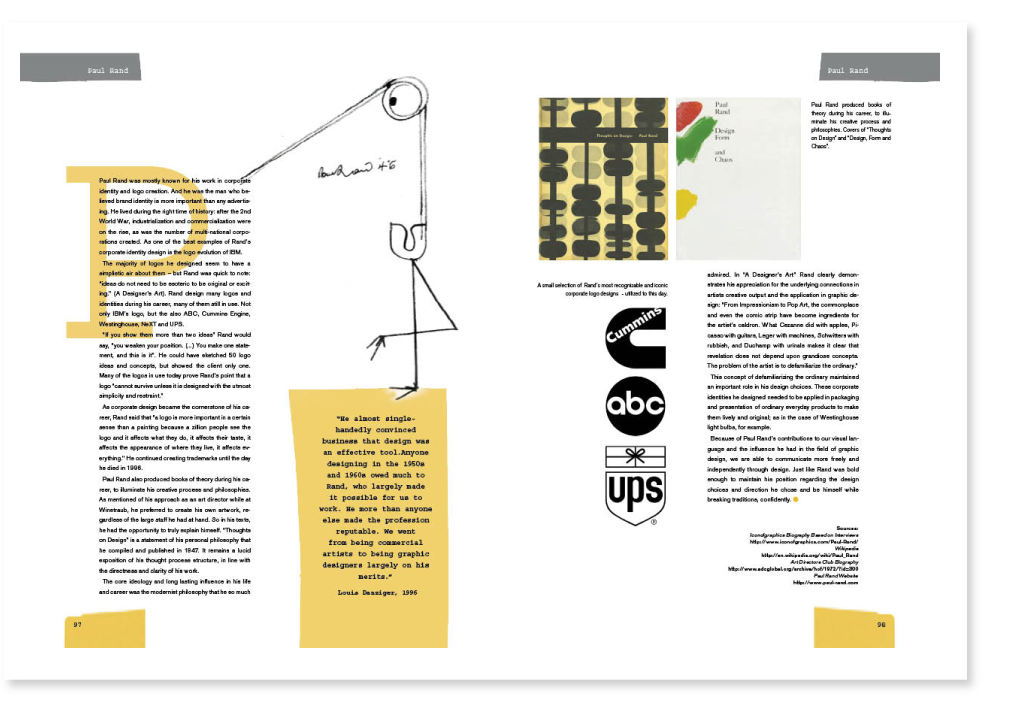As a design instructor, the one thing that I hear from my students time and time again is how frustrated they are with their portfolios. Recently, one of my former students was walking me through his work. It was obvious that he was suffering from the same problems as other students: He had talent, but it was buried. His portfolio was a mishmash of isolated work and random design studies. It lacked focus and clarity. Worse, it was missing his story.
One way to avoid this is to think of your portfolio as your personal design story. It’s an opportunity to not only unify your design work, but also introduce and engage us into your approach, thinking, and inspiration. A solid design portfolio should show tangible design and execution skills. It should also give us a glimpse into what’s unique and interesting about you. We hire people, not portfolios. A good design portfolio showcases both with style and with personality.
The classic structure of a story starts with an opening scene. It sets the context and positions the characters, or in this case, your design, within the mind of the viewer. One way to do this to make a clear, concise, and bold statement about you and your design capabilities or background.
Your story should then move through a series of challenges, building tension toward a climax. We don’t need to see all the drama associated with your design process. We just need to see a series of work that reinforces the opening statement. Then, end with a bang for the final chapter by summarizing and reinforcing your design expertise.
That’s the basic structure. Now, here are a few ways you can use it to build out your portfolio and tell your own design story.
From Projects to Programs
Graphic identity by Sofia Girelli for Converge conference
I often see portfolios with a single design. It may be a logo, poster or a website. Most design projects involve creating or working within a design system. So, take these singular designs and expand upon them. Take the logo and build upon them to create a larger design system. Apply the design to a variety of channels and media so we can see and understand how the design works. Create a design manual or website showing how the design works. Show the design in context to make it as real as possible instead of just another project in your portfolio. Classic examples of can be found at Standards Manual – a publishing house founded by a pair of designers to make these important design artifacts available.
Also, take your sketches and background information and create a case study. These show how you refined and realized the final design. These initial ideas and rough sketches are great insight into your design thinking and creative development.
Michael Bierut, concept sketches for Hillary Clinton campaign logo, January 2015
Before and After
A before and after showing the evolution from the existing design elements by Kendall Ross.
There’s a lot of great design out there. There’s also a lot of crap. Many design projects involve repositioning or re-presenting an existing design. So, a simple creative challenge is to find something you feel could be improved upon to address a new need. It could be a magazine, advertisement, website, package design, whatever. You can then even expand upon the re-design to turn it from being a project into a series or a program. It also allows you to talk about your unique point of view in addressing the challenge.
Learn from Others
Magazine article on Paul Rand using the design style of Paul Rand by Outi Pulkkinen
One of my favorite design assignments in school was a variation on the book report. This assignment involved researching a well-known designer, writing an analysis of the designer’s approach, and then designing a magazine spread based upon that designer’s style. This gave me a great appreciation of design history. It also forced me to understand and then deconstruct the designer’s approaches. This project is a great way to explore type, color, composition, and imagery. Then applying that knowledge to create a magazine spread, poster, web site, or book on design history.
Whether your portfolio is ready for prime time or in dire need of some design love, take a look at it from the perspective of the viewer. Ask yourself, does it reflect my design skill and expertise? Is it structured in a way to position you and your work? Is the work meaningful and substantial enough to engage us? And finally, does it tell a great design story? Most of all, is this story memorable, engaging, and about you.
